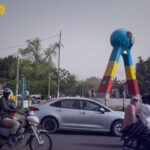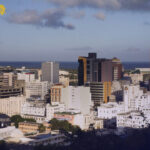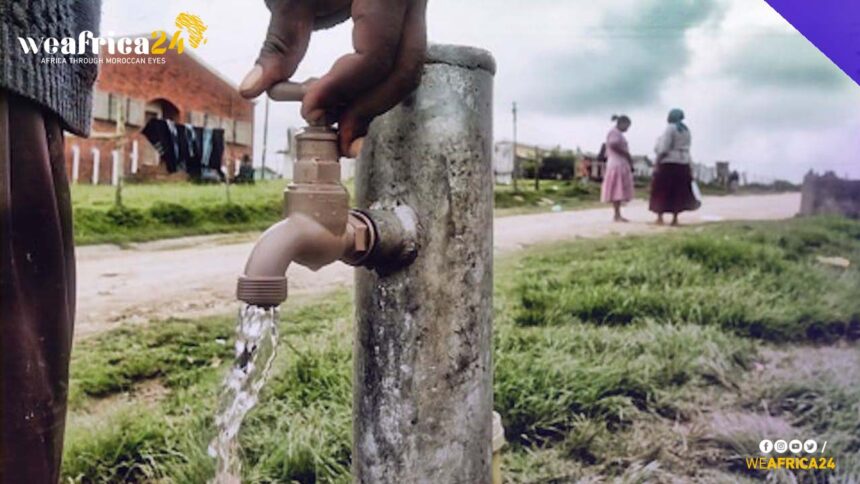A concerning situation unfolds as senior scientists sound the alarm over the failing water systems in cholera-stricken regions. In towns where cholera has claimed lives, sewage floods the streets, while clean drinking water remains scarce or contaminated. This grave combination has prompted a group of renowned scientists, South Africa’s Scientific Advisory Group on Emergencies (SAGE), to warn of an imminent health and environmental emergency.
Recent months have witnessed a surge in cholera-related fatalities, with Hammanskraal reporting 29 deaths and one death each in Parys, Kroonstad, and Phakwe. However, these numbers likely underestimate the true toll of the epidemic.
The Department of Water and Sanitation’s Blue Drop Watch Report reveals the distressing state of water supply systems in Hammanskraal, Parys, and Phakwe, where drinking water is contaminated by fecal bacteria, including E. coli.
SAGE’s Strategic Advisory on Wastewater Management underscores the urgent need for action to avert a national health crisis. The crumbling water treatment infrastructure across the country poses the risk of multiple concurrent health and environmental emergencies.
To tackle the escalating situation, SAGE puts forth a comprehensive set of recommendations, including the annual publication of the Blue Drop Report and empowering the DWS to assume control over failing water suppliers.
In Hammanskraal, the Apies River, which supplies the Temba water treatment works, receives untreated sewage from malfunctioning plants, resulting in contamination and subsequent cholera outbreaks. Parys, Phakwe, and Kroonstad also face significant challenges, with polluted water supplies and inadequate sewage treatment exacerbating the crisis.







